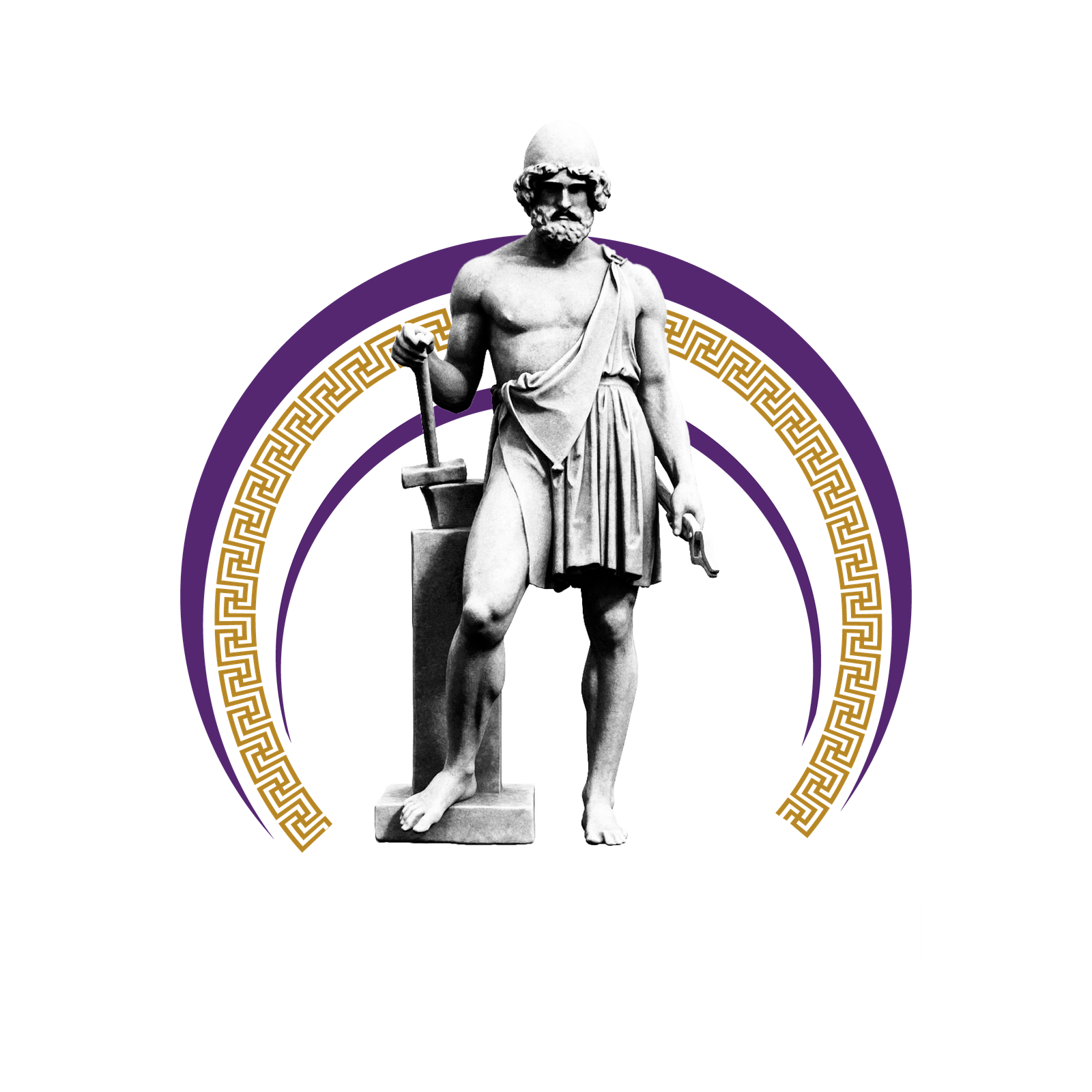Site will be available soon. We are updating our site to provide you a better experience. Thank you for your patience!



Site will be available soon. We are updating our site to provide you a better experience. Thank you for your patience!
